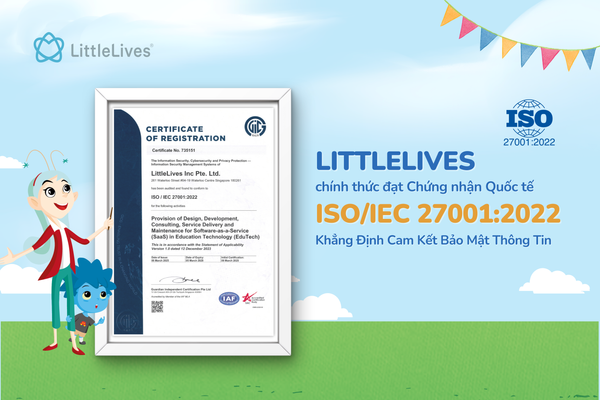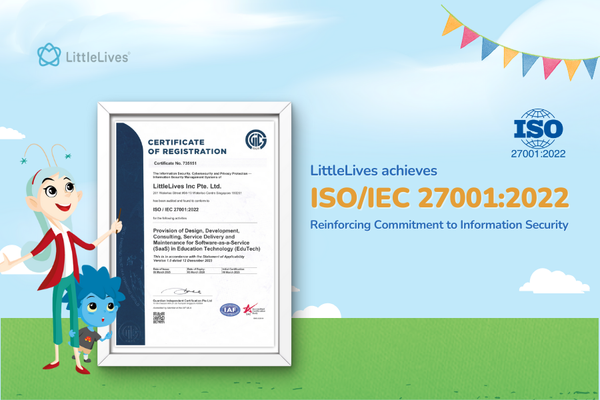Classroom Management for Preschool Teachers

Learning is not only the transfer of knowledge but also the creative process of human interaction. Correctly built preschool classroom management is essential for the children, helping to build relationships with the teacher. You become an object of imitation; in many ways, you determine the opinions and aspirations of children.
Preschool classroom management is still a major problem for many teachers. When meeting with young, aspiring teachers, you can often hear them complain that they feel completely unprepared or partially prepared to work with disobedient children, in part because regular teacher development programs devote very little time to this topic, and even then, they contain theoretical descriptions, not guidelines and specific tips for teachers.
Let's take a look at some preschool management tips for teachers to make it easier for them to mentor children in the first place. Not only young teachers but also experienced teachers can find new ideas on how to manage the classroom, control children's behavior, stop the destructive behavior of individual children in time, who will break the whole lesson and spoil the mood for a long time.
Effective management tips for preschool teachers
You should be aware that a strict teacher is not always good or effective for preschool classroom management. A teacher seeking strict discipline stands on a powder keg.
- Psychologists have long noticed a curious side effect of strict discipline. If the children behave inappropriately and the teacher responds with strict disciplinary measures, as a rule, children can react to your measures, change their behavior. Still, according to the supervision of psychologists, other children begin to show the same negative behavior as that child the day before.
- Thus, attempts to control children can backfire. A teacher who is not interested in such a reverse effect usually avoids direct pressure on the children but seeks to give clear instructions for the desired behavior.
Here are some tips for teachers to help create a collaborative classroom environment.
Maintain a relationship of trust
Building a relation of trust is a good start for preschool classroom management. In the future, it is necessary to maintain trusting relationships and revive them in the event of conflicts.
- The stronger your relationship and the better you understand children, the more knowledge and social experience you gain in a difficult situation bordering on conflict. In this case, we can take timely action.
- Avoid direct criticism and use positive language.
- You can not chastise children who have not begun to complete a task but find out if he is upset about something.
- Take time in class to walk up to your children and bend over to quietly ask what happened.
- Remind them that being late can affect their achievement learning achievement.
Use reminders for preschool classroom management

It is not necessary to raise your voice if the noise in the classroom is more than acceptable.
- Use a small bell.
- Never use loud beeps that obscure classroom noise. This will inadvertently set children to too high an acceptable noise level.
- The audio signal must be much quieter. It tunes children to the same wave.
- You don't have to pick up the bell every time. It is enough to point at the bell with a gesture.
- You can clap your hands, snap your fingers, or put your finger to your lips.
- Instead of a bell, you can simply hang a small poster symbolizing silence.
- Use gestures to remind you of appropriate general behavior.
But these signals should by no means be overtly controlling their activities, and your actions should not be coercive or violent.
Of course, your reminders can be casual, verbal, but using audible and visual cues will help to shorten the time.
Optimize classroom seating
When children choose their seats, in most cases, you can expect deterioration in the discipline. For many teachers, seating arrangements are part of effective management.
If you use micro group technology a lot or all the time, of course, try to redesign the class. Of course, only if you have such opportunities.
- It is not at all necessary that independent children's choice is always a bad decision. Giving children a sense of responsibility can have a surprisingly positive effect on preschool classroom management.
- Cozy classroom space can reduce anxiety and improve academi achievment. For example, several preschools have play areas, sofas, armchairs. Allow some children to learn in the recreation area during the lesson, but immediately transfer them to their desks if they do not complete the study tasks.
- Preschool management policies and procedures must be followed and applied fairly to all children. Don't single out individual learners. Focus on the behavior, not the specific children. Remind them of the rules you have adopted. If necessary, conduct additional conversations to ensure they are followed. Or negotiate with the classroom to clarify certain rules when you notice repeated misconduct.
Make a detailed lesson plan
The most crucial moment in preschool management is direct lesson planning. When planning a lesson, it is essential to think over and build a lesson structure in advance:
- Warm-up. Any lesson must include a warm-up. For preschoolers and younger students, its duration is approximately three, a maximum of four minutes. In addition, the warm-up should be mobile and communicative, so songs, vocabulary, and games are perfect for the warm-up stage.
- Lead-in. At this stage, the learner should be brought to the topic of the lesson. The lead-in stage should not be too long for lessons for preschoolers, 1-3 minutes will be enough. For this stage, you can use pictures, short videos, based on which the learner will be able to guess about the topic of the lesson. The teacher's task is to help the learner identify the topic of the lesson and then voice the objectives of the lesson.
- Lesson. The main content of the lesson will include working with new vocabulary and grammar (introduction, consolidation, conclusion to speech), listening, and reading tasks. It is important to schedule time for each assignment for lessons for preschoolers. Each exercise and lesson step should not be too long. At the planning stage, you need to foresee the pace of the student's work and think in advance where and what, if necessary, can be shortened in time. Also, it is necessary to think about what can cause potential difficulties for the learner and how to avoid them.
- Cool-down. The lesson is summed up at the cool-down stage, feedback is given to the student.
Stay updated on your children's education. Ease and enhance your workflow with us.
FAQ
- Why is preschool classroom management important?
Professional skills and knowledge are essential for effective preschool management. In this case, the teacher will have a positive experience in class management, and the children will receive an education. Practical skills help maintain a high level of education and give educators the confidence to cope with difficult classroom situations.
- What is preschool management?
This means the ability to manage many tasks. Such as:
- maintaining positive relationships with children and their parents;
- curriculum planning;
- evaluation of the quality of the program, etc.
- What are the five components of a good early learning environment?
Regardless of the choice of preschool classroom management, the following elements are basic when choosing a preschool institution:
- Teachers and their experiences.
- Discipline and children's development.
- Safety for children.
- The atmosphere and design in the classrooms.
- How to control a preschool classroom?
Some tips for teachers to try:
- Greet children as they enter the classroom.
- Maintain a relationship of trust.
- Use reminders for preschool management.
- Optimizing classroom seating.





